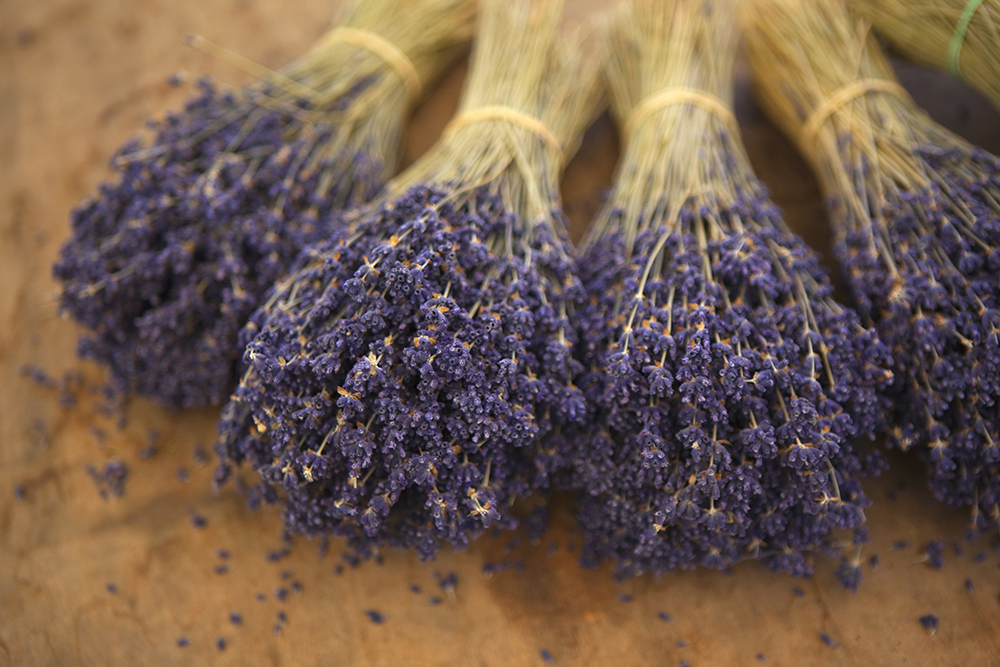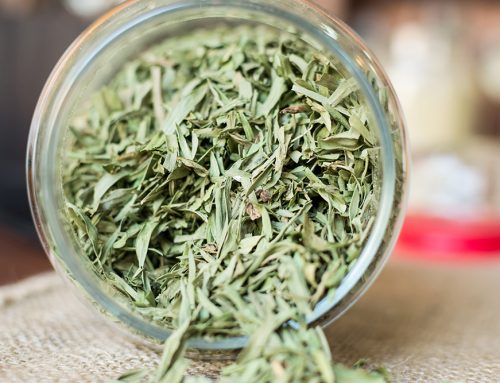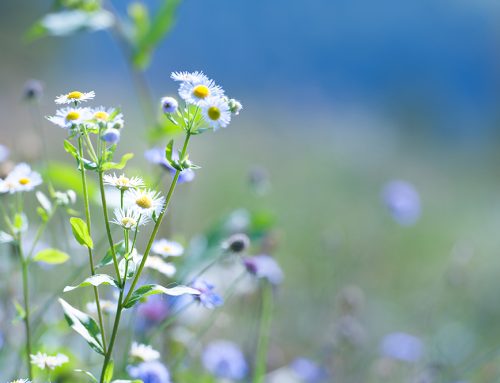Lavender is believed to originate from the Mediterranean, the Middle East and India. It is a common species found in herb gardens known for its beauty, its alluring scent and its extensive uses.
Its history goes back some 2500 years, starting with the ancient Greeks who called Lavender nardus, after the Syrian city of Naarda and was commonly called Nard. Lavender was one of the holy herbs used to prepare the Holy Essence. The Romans used Lavender to scent their baths, beds, clothes and even hair. They also discovered its medicinal properties. Today Lavender is just as popular as ever and continues to be cultivated across its countries of origin as well as Europe, Australia, New Zealand, North and South America.
As a member of the mint family, Lavender has also been used for centuries in the preparation of food. The flower delivers a floral, slightly sweet and elegant flavour to salads, soups, meat and seafood dishes, desserts, cheeses, baked goods and confectionery. For most cooking applications it is the dried flowers that are used. Only the buds or flowers contain the essential oil of Lavender which is where the scent and flavour are best derived, however, there is nothing to stop you from also using the leaves. Lavender Oil is very good on your pillow to help make you sleep.
Lavender is also a great plant if you have poor soil due to originally being a Mediterranean plant. The two most commonly used type of lavenders is English and French. Here at Grimscote Manor, we only grow English lavender which we harvest every year to dry out and use in sachets to scent the wardrobes and chest of drawers in the rooms, this gives them a beautiful aroma.
For those of you wanting to try something new with the lavender growing in your own garden, We have attached Gill’s Lavender Gin recipe
Lavender Gin
You will need
- Bottle of gin
- 6 sprigs of lavender
- 6 tsp of sugar
- A sealed container
Method
- Take a bottle of gin 72cl and empty into a sealed container, add 6 sprigs of lavender flower (no stalks, as this, will turn the gin a darker colour) also add 6 teaspoons of sugar which have been gently melted then added to the gin. (heat the sugar with a little gin first until dissolved)
- Seal the container for 10 days, shaking the container daily.
- After 10 days strain the gin back into the original bottle and this will keep for years. (I always date the bottle)
- Serve on crushed ice, with a dash of tonic or soda water and decorate with a fresh sprig of lavender flower.
We hope you have learned something new today and for those of you who try out the recipe be sure to tag @GrimscoteManor in photos of your delicious Gin and tonic. We’d love to see them!






